Bringing Flexibility to 11v11 Amateur Soccer within the KNVB with Flex Voetbal
Opdrachtgever:
Afstudeerproject CMD
Type:
UX/UI - Product design
Major traditional sports associations like the KNVB in The Netherlands are facing declining membership numbers. People are turning to activities such as fitness, running, and walking because they are more flexible to schedule. Nowadays, they no longer have time for memberships in traditional sports clubs. Flexible sports have become a significant trend! Due to the significant drop in membership numbers, it is now common to find amateur teams with a shortage of players. Such teams are forced to search for additional players. Within this problem situation, several key stakeholders are involved that I need to consider for my project.
- Royal Dutch Football Association (KNVB)
- Sports clubs
- Teams with player shortages
- Men/women interested in flexible sports
Flexible sports are becoming increasingly popular. This has led to the development of more new websites/applications that facilitate flexible sports. Think of companies like Onefit and ClassPass. These companies make it possible to engage in sports activities of various kinds, wherever and whenever you want. Interestingly, 11v11 amateur football has not yet embraced this trend, and football activities are not yet integrated with such apps. With Flex Voetbal, I aim to bring flexible sports to 11v11 amateur football within the KNVB.
Curious about the Adobe XD design? Contact me!
Research Phase
Throughout my research process, I employed a diverse array of methodologies to gain comprehensive insights into the dynamics of the sports landscape. Using techniques like Customer Journey Mapping, I traced the user experience from start to finish, uncovering pain points and opportunities for improvement. Stakeholder Interviews provided invaluable perspectives from key individuals involved in the sports ecosystem, including representatives from the KNVB and local sports clubs. Concurrentie Analysis and Benchmarking allowed me to understand the competitive landscape and identify best practices to guide my project. Additionally, Empathy Mapping helped me empathize with the needs and emotions of users, ensuring that my designs were user-centric. Furthermore, I conducted several Surveys to gather quantitative data and validate my findings from qualitative research. By combining these methodologies, I gained a comprehensive understanding of the challenges and opportunities surrounding flexible sports and traditional sports associations.
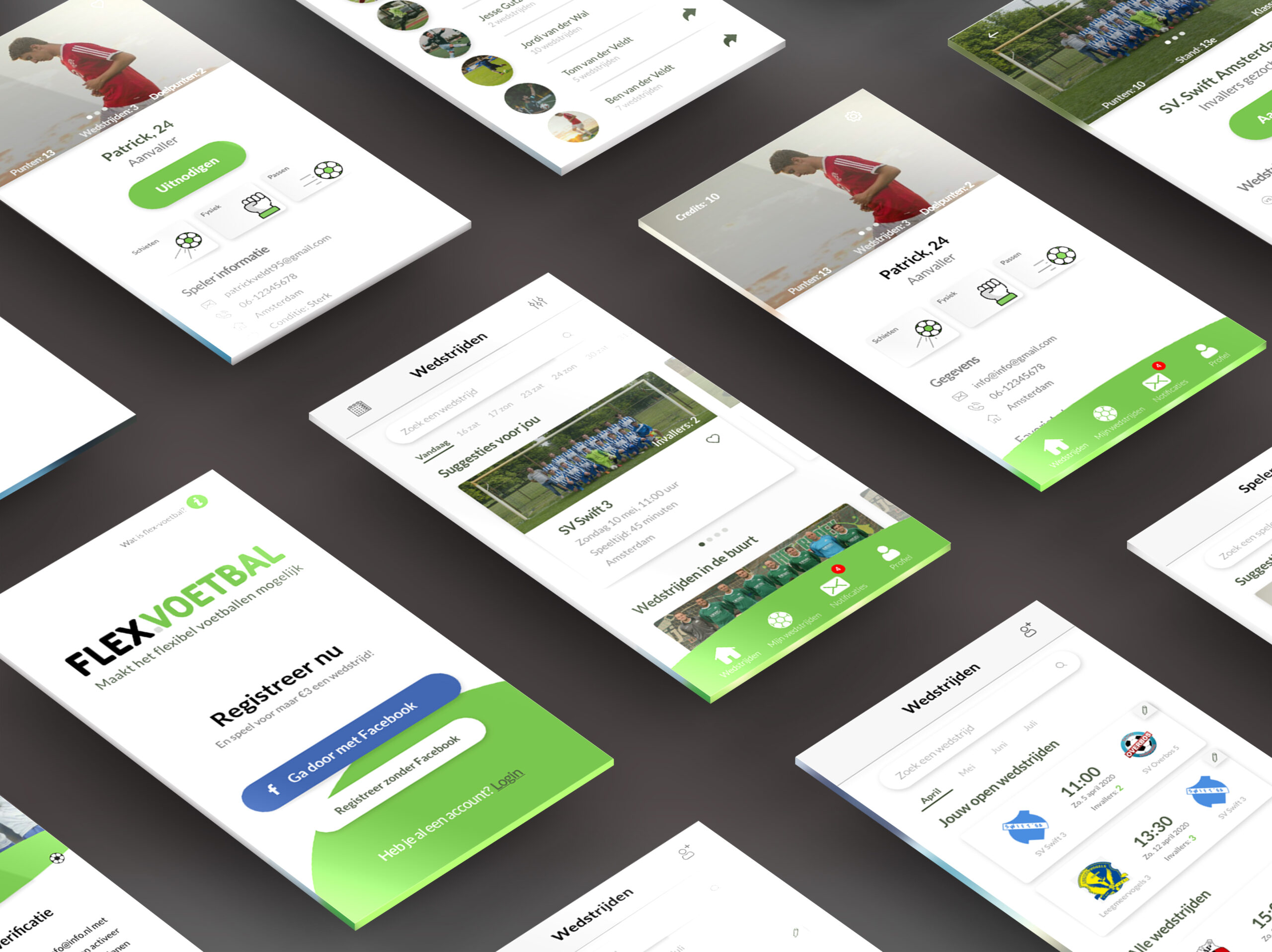
Sketches
After completing the research phase, I moved on to the next step: sketching ideas on paper. This process allowed me to brainstorm and explore different concepts visually. By sketching rough drafts, I could quickly iterate and refine my ideas before moving on to the digital design phase. Sketching on paper helped me to visualize potential solutions and lay the groundwork for the development of my project.
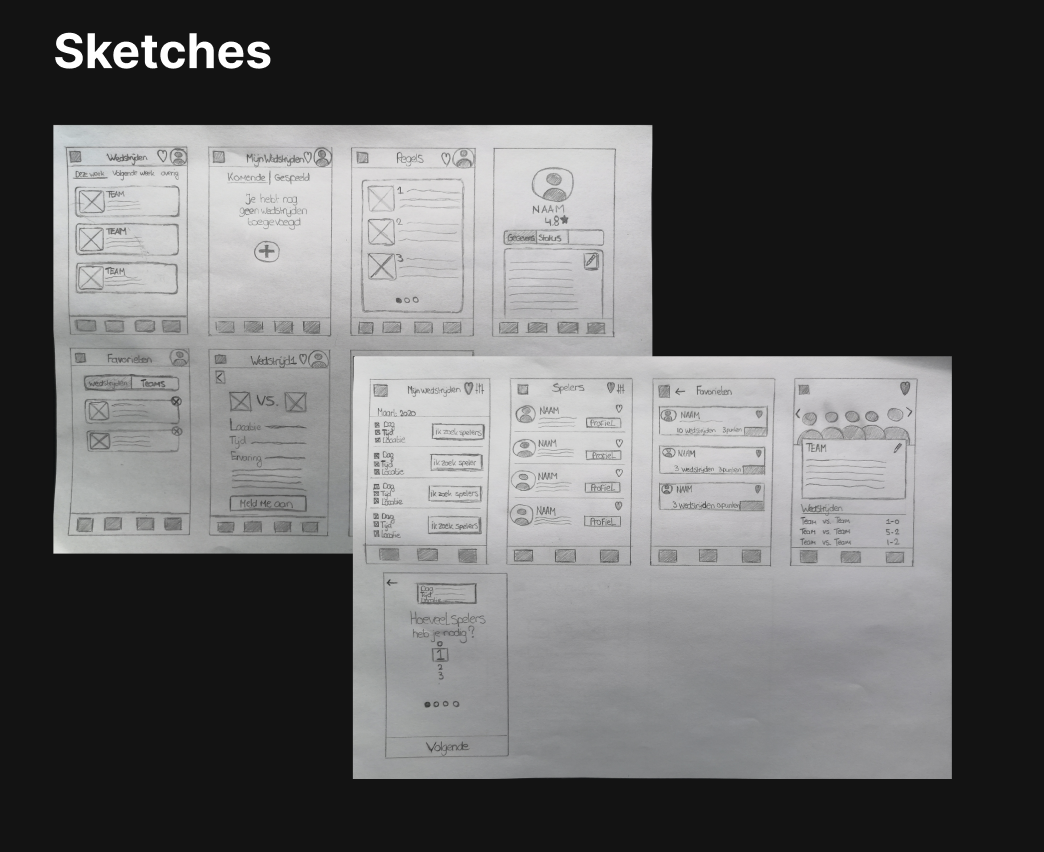
UI design & Prototyping
Following the sketching phase, I delved into the UI design and prototyping of the project. This involved translating my initial sketches into digital interfaces and creating interactive prototypes. By working on the UI design, I focused on refining the visual elements and ensuring a user-friendly experience. Prototyping allowed me to simulate how the design would function in real-world scenarios, enabling me to gather feedback and iterate on the design effectively. This phase was crucial in bringing the project to life and preparing it for further development and testing.
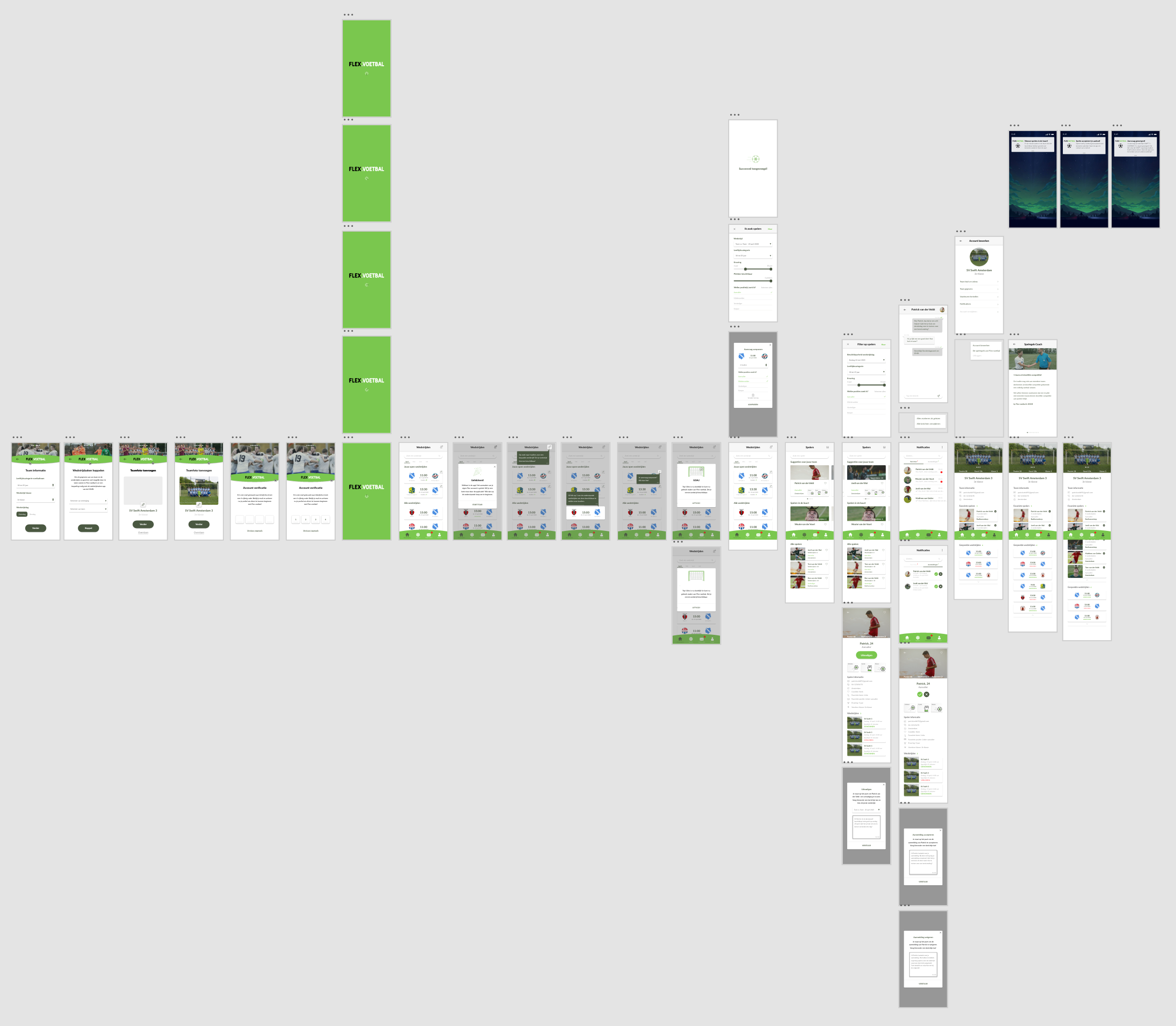
Promotion video
For this project, I also created a promotional video using Adobe After Effects. This video serves as a dynamic showcase of the project, highlighting its key features and benefits. Through visually engaging animations and compelling narration, the promotional video effectively communicates the value proposition of the project to the audience. It provides a concise yet impactful overview, enticing viewers to learn more about the project and its offerings.
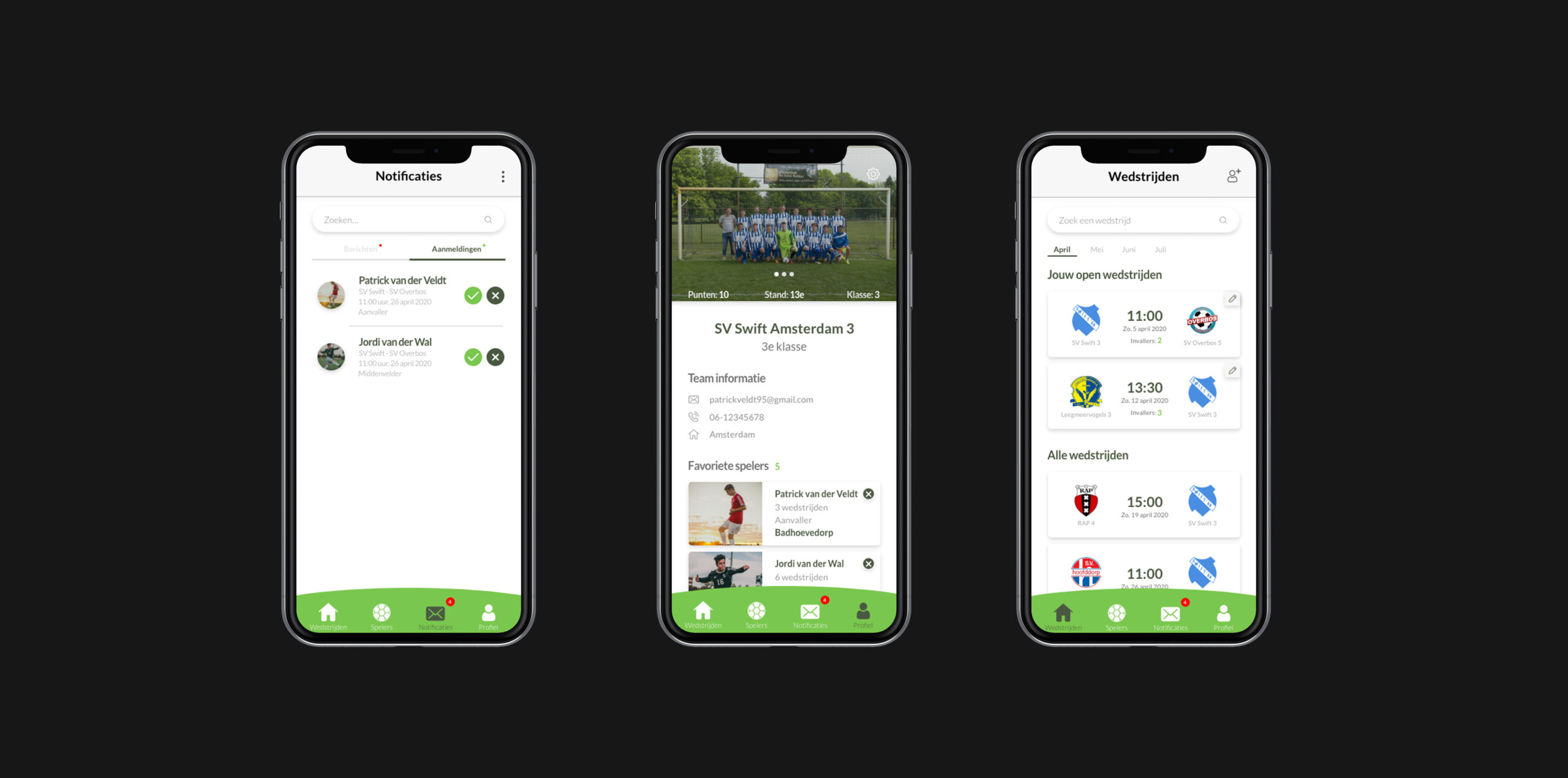
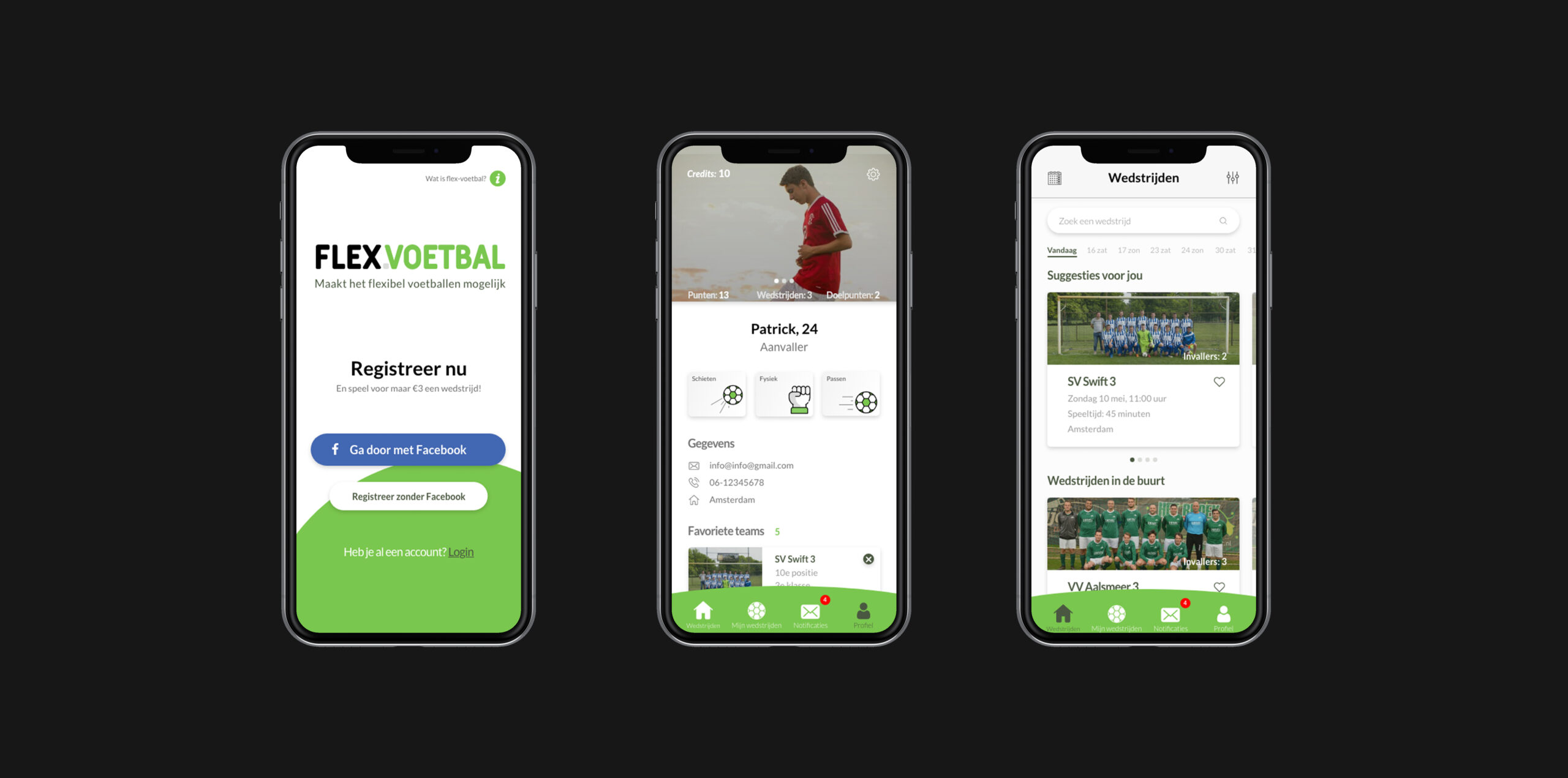
Let's grab a coffee!?
Looking for a collaboration or just want to get to know each other? Contact me below and let's schedule a (virtual) coffee meeting!
- +316 34977602
- patrickveldt95@gmail.com
